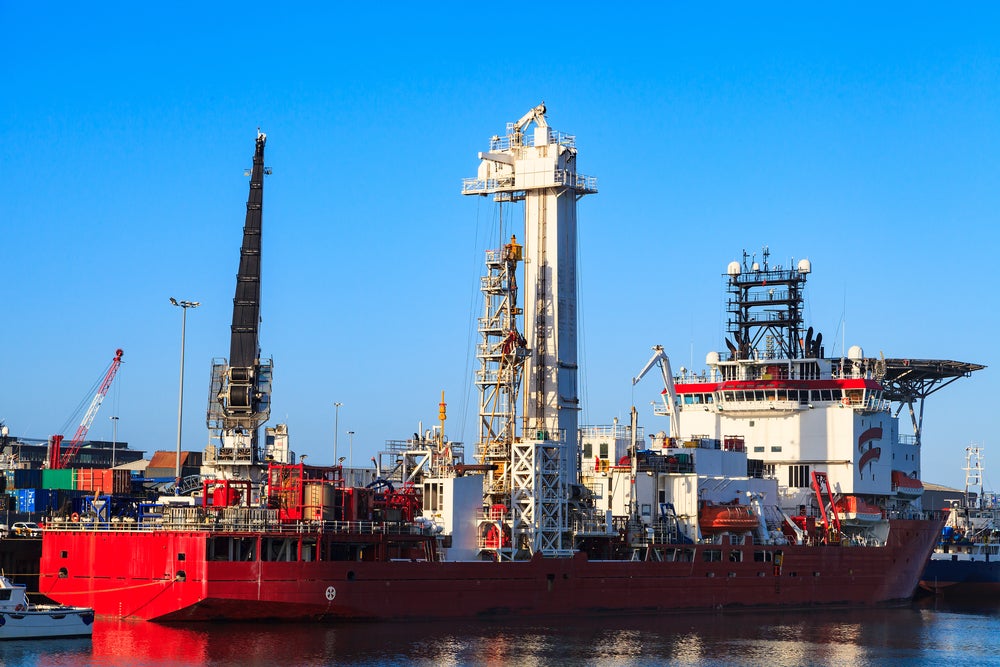Oil and gas well intervention offers opportunities for cleaner, more efficient, and cost-effective oil and gas production, according to the North Sea Transition Authority's (NSTA) 2024 Wells Insight Report.
Well intervention is any light or heavy operation carried out on an oil or gas well during or at the end of its productive life. It can provide highly useful diagnostics and data, and help manage production.
In its report, published on Thursday, the NSTA has asserted that operators should increase their well intervention activity to extend the production lifespan of their wells, and so provide stable work for the UK’s supply chain.
According to the report, well intervention is currently able to provide hydrocarbon production at a cost of less than £12 per barrel of oil equivalent (boe), which the NSTA stated is “a very attractive option at today’s oil and gas prices”.
Other benefits outlined by the report were reduced operational days, construction material and waste disposal, as well as lower fuel burn than drilling a new well to manage carbon emissions.
NSTA data on interventions shows that activity increased in the northern North Sea to 102 wells in 2023 from 82 in 2022. There was also an increase West of Shetland where nine wells underwent intervention work in 2023, up from two in 2022.
However, the central North Sea, southern North Sea and the east Irish Sea experienced a decrease in activity.
The UK’s oil and gas industry spent £1.42bn ($1.87bn) on completing 41 new development wells in 2023, a slight increase over 2022 and 2021.
The report reveals that total active well stock on the UK Continental Shelf is now 2,546, down from 2,560 in 2022. This year has also seen an increase in the number of shut-in wells to an all-time high of 31% of the active well stock, or 795, up from 742 in 2022.
The NSTA believes that a proportion of the shut-in well stock could be brought back online, but without investment in infrastructure or downhole interventions many of these wells will be permanently decommissioned. In July, the NSTA warned that operators must meet their regulatory obligations on decommissioning.
To encourage more well interventions, the NSTA stated that it has held one-to-one sessions with North Sea operators and completed a study of the 795 shut-in wells to understand what percentage could be brought back into production.
Data from the study and feedback from well operators is being analysed by the NSTA and will lead to a supply chain and operator workshop at the end of 2024, which will aim to identify cost-effective solutions to bring wells back into production.









